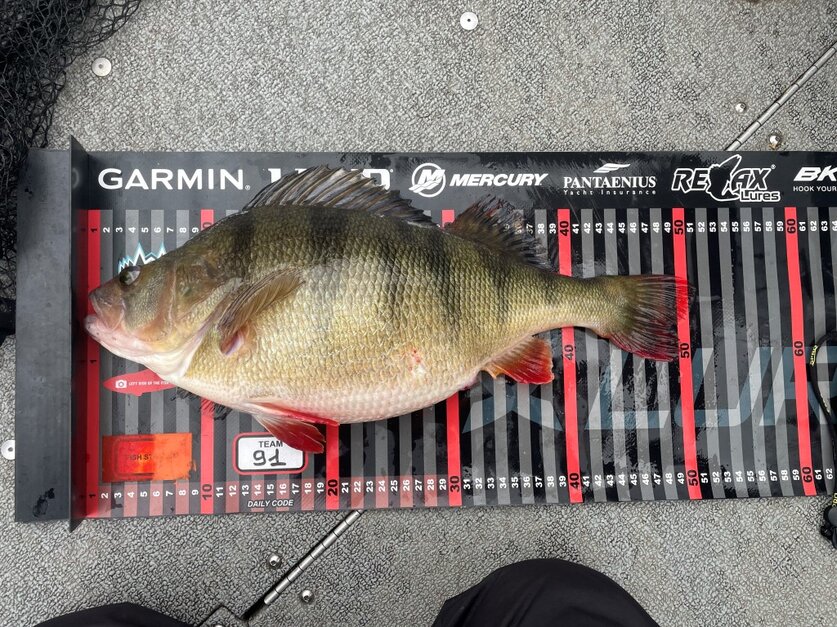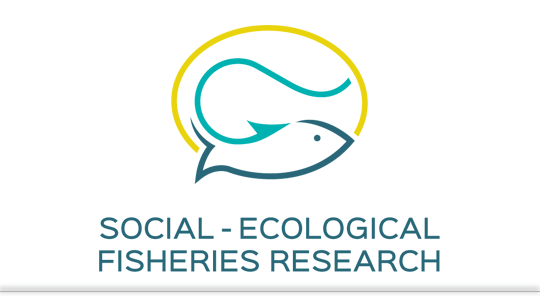
PERCHTRACK: research with transmitters for large perch in Haringvliet and Hollandsch Diep
Large perch (Perca fluviatilis) are not only popular among anglers, but also extremely interesting for fish researchers. Little is known about the swimming routes, spawning and nursery habitats of these imaginative fish. With a two-year research project into the largest specimens in the Haringvliet and Hollandsch Diep (PERCHTRACK), the project partners hope to gain more insight into the matter.
Large perch from the lower delta of the Rhine and Meuse rivers, especially the specimens with a length of 40 centimeters and more, have been very popular for years among anglers from the Netherlands and abroad - especially Germany. Large perch are also often a sign of a healthy fish stock. Partly for that reason, knowledge of these exceptionally large fish is very welcome.
Special interest and project partners
PERCHTRACK was set up and is being implemented by a Dutch-German collaboration between Sportvisserij Nederland, Sportvisserij Zuidwest Nederland, Wageningen University, VisAdvies, the Leibniz Institute of Freshwater Ecology and Inland Fisheries and the Humboldt-University of Berlin. All parties involved participate out of their special interest in the behaviour of the perch. Most of them are also passionate anglers who regularly fish for large perch in the research area and other waters.
Three objectives
The three objectives of PERCHTRACK are:
1. To gain a better understanding of the swimming routes of exceptionally large perch in the Rhine delta and associated waterways.
2. To identify important spawning and habitats of these fish in the Rhine delta.
3. To gain clarity on how recreational fishing can contribute to the collection of knowledge about large perch in terms of (re)catches and perch’s swimming and migration routes.
72 perches, 80 receivers
For the study, 72 perch with a length of more than 40 centimetres will have acoustic transmitters placed in their abdominal cavity. They will also each receive an external tag near the dorsal fin with a unique code that is visible and readable for every (sport) fisherman. A total of 80 acoustic receivers have been placed across the Haringvliet and Hollandsch Diep. When a tagged perch passes such a receiver, it automatically stores the time and data of the fish. The collected data are regularly downloaded and analysed. The project started in March 2025 and will run for approximately two years.
Call to anglers: report a tagged perch
Sportvisserij Nederland calls on all anglers to help make PERCHTRACK a success. Every report is of great importance to the project. You can contribute in several ways. If you rarely or never fish for perch, then point other anglers to the research. You can report a re-catch yourself by visiting the project website www.sharkray.eu (the central website for reporting special catches). There you will also be asked to fill in data, including the length of the fish and the GPS location of the catch. You help the research by reporting perch and preferably releasing the fish ALIVE. However, if you find a dead tagged perch, the fish dies during handling or you take it home for consumption, then measure the length, keep the internal transmitter, put the head of the perch in the freezer and contact the research team so that they can get the materials back.
Master students also welcome
Are you or do you know a Dutch or German student with an interest in fish who wants to participate in the research for his or her master thesis? Please contact one of the spokespersons below.
More information
For more information or participation in PERCHTRACK, please contact the Dutch spokesperson Dr. Niels Brevé (breve[at]sportvisserijnederland.nl) or his German colleague Prof. Dr. Robert Arlinghaus (arlinghaus[at]igb-berlin.de).

